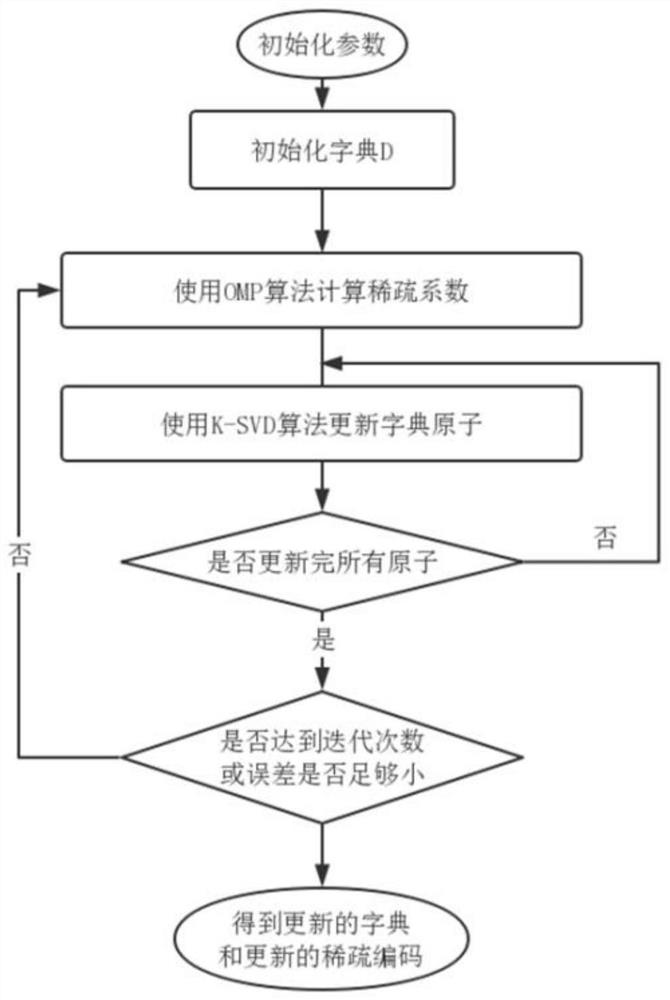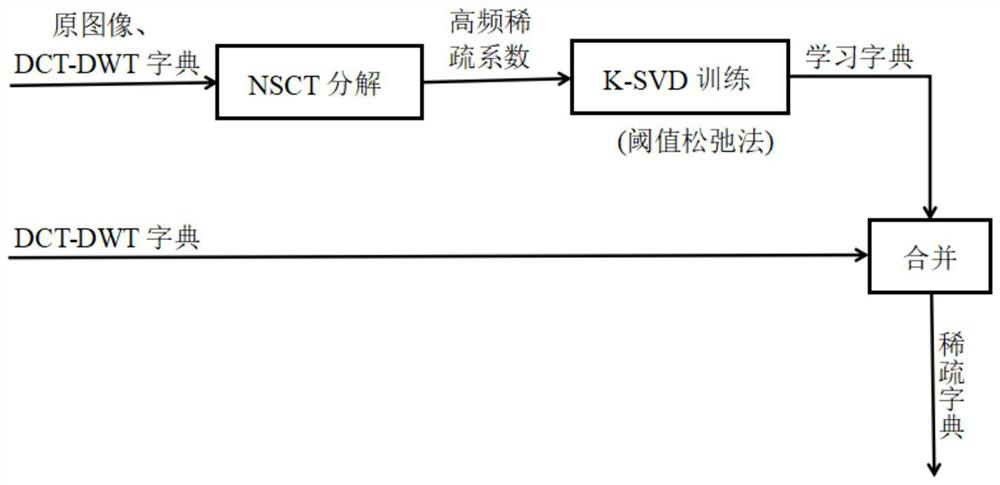Complex image Canny edge detection method based on double sparse decomposition
A sparse decomposition and edge detection technology, applied in image enhancement, image analysis, image data processing, etc., can solve the problems of Canny edge detection algorithm, such as limited robustness, limited algorithm adaptability, and high algorithm complexity, so as to improve sparse representation ability, improving algorithm efficiency, and reducing the amount of computation
- Summary
- Abstract
- Description
- Claims
- Application Information
AI Technical Summary
Problems solved by technology
Method used
Image
Examples
Embodiment 1
[0065] Embodiment 1: Double sparse decomposition of complex images
[0066] 1 NSCT layer decomposition, double sparse decomposition with relaxation parameter 20, dictionary atom activity measurement threshold T=0.27:
[0067] Such as Figure 6 Shown is the original image of the complex texture image:
[0068] Such as Figure 7 Shown is the double-sparse decomposition result:
[0069] Such as Figure 8 Shown are the edge detection results of the ordinary Canny algorithm and the complex image Canny algorithm based on double sparse decomposition, and the edge detection results of the low frequency feature component using the ordinary Canny algorithm and the complex image Canny algorithm based on double sparse decomposition. The sensitivities are 0.3;
[0070] Depend on Figure 8 It can be seen from the first two figures that the edge detection result pictures obtained by the double sparse decomposition method of the present invention are more accurate, the terrain edges are...
PUM
 Login to View More
Login to View More Abstract
Description
Claims
Application Information
 Login to View More
Login to View More - R&D
- Intellectual Property
- Life Sciences
- Materials
- Tech Scout
- Unparalleled Data Quality
- Higher Quality Content
- 60% Fewer Hallucinations
Browse by: Latest US Patents, China's latest patents, Technical Efficacy Thesaurus, Application Domain, Technology Topic, Popular Technical Reports.
© 2025 PatSnap. All rights reserved.Legal|Privacy policy|Modern Slavery Act Transparency Statement|Sitemap|About US| Contact US: help@patsnap.com



